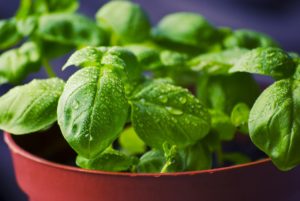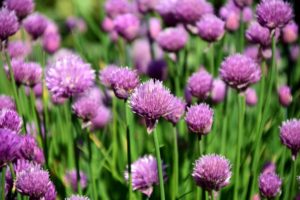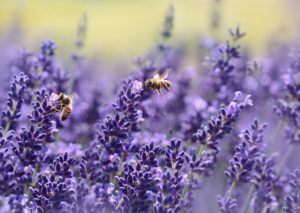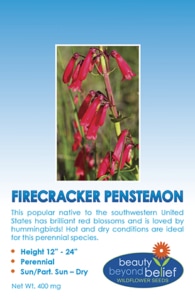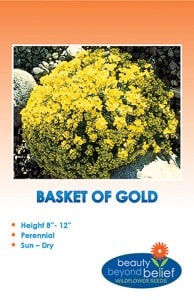Oh, Sunflowers!
More About Sunflowers
By Engrid Winslow
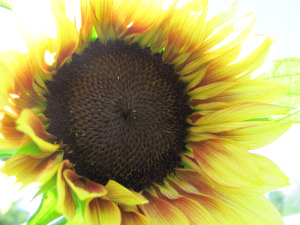
Gorgeous Sunflower Photo Courtesy of Christy Short
Sunflowers (Helianthus sp.) are such a great annual for so many reasons. First of all, they are so darn cheerful with their big, bright blooms during the hottest part of the summer. They are also easy to grow. Just poke them into the ground and keep them well-watered until they germinate and then stand back because they thrive in rich soil and heat. The pollen is loved by bees and the seeds are attractive to birds. Sunflowers come in so many varieties with sizes ranging from 12” to 15‘ tall and the colors vary from pale lemon yellow to bright yellow, orange, red and bronze. The petals can be single, double or in fluffy multiple layers (check out Teddy Bear Sunflower).
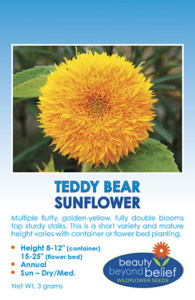
It can be fun to watch the birds eat the seeds or you can make a fun project out of roasting them. To do this: soak the seeds in salted water for 24 hours, then roast in a single layer on a baking sheet lined with parchment paper at 350 for 35 minutes, stirring frequently. Let them cool and store in an airtight container. If you want to serve them warm after roasting toss them with a bit of melted butter for a delicious treat. Sunflower seeds are high in vitamin C, E and are high in fiber which supports digestion, they also contain antioxidants, magnesium (for bone health) and can help lower cholesterol.
The roots of sunflowers have an allopathic quality which inhibits the ability of other plants nearby to grow properly. This makes them a great choice for weed suppression but keep them away from other flowers that you love.
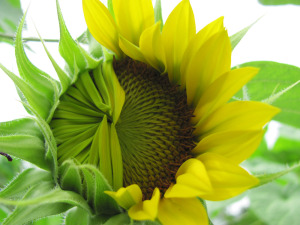
Half Awake Sunflower (Photo Courtesy of Christy Short)

